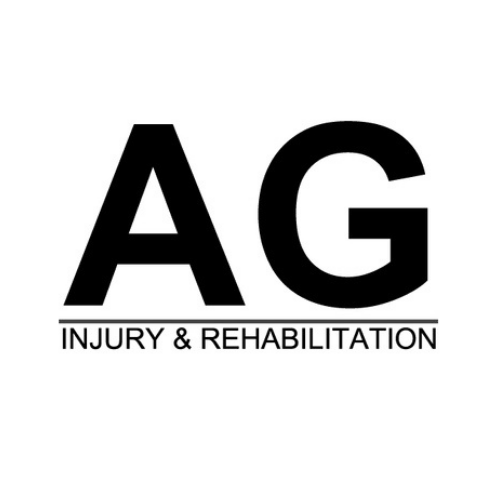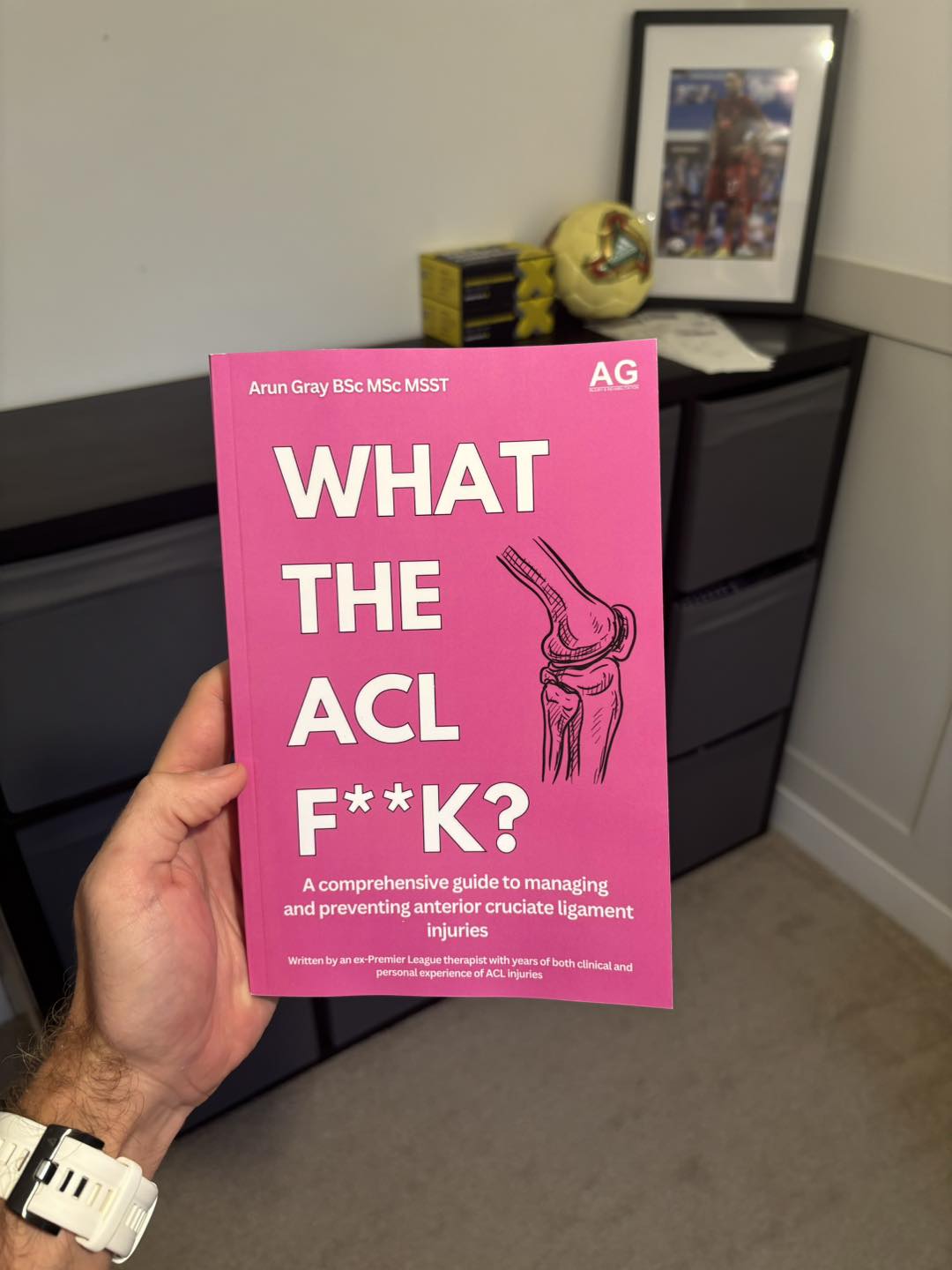When it comes to sports injuries, not all athletes face equal risks. Female athletes are up to six times more likely to tear their anterior cruciate ligament (ACL) than their male counterparts – a startling statistic that highlights one of sports medicine's most pressing concerns.
This dramatic disparity isn't just a matter of chance or conditioning. From hormonal fluctuations to fundamental differences in knee structure and movement patterns, female athletes face a unique set of challenges in protecting their ACLs during athletic performance. Understanding these gender-specific risk factors has become crucial for developing effective prevention strategies.
ACL Injuries and Their Impact on Athletes
The anterior cruciate ligament (ACL) connects the thighbone to the shinbone and acts as a key stabilizer in the knee joint. Each year, over 400,000 ACL injuries occur in the United States, with female athletes facing a notably higher risk compared to their male counterparts.
The numbers tell a striking story: female athletes are 3-6 times more likely to tear their ACL than males. In basketball, women experience 3.5 times more ACL injuries than men, while in soccer, the ratio jumps to 4:1. The impact is particularly apparent in high school sports, where 80,000 female athletes suffer ACL tears annually.
These injuries can create long-term knee stability issues and lead to joint deterioration. For young female soccer players, the stakes are high - they face a 20% chance of experiencing an ACL tear during their high school career, with a 30% risk of reinjury after returning to play.
Gender Differences in Sports-Related ACL Injuries
The disparity in ACL injury rates between female and male athletes spans across multiple sports. In volleyball, women face three times the injury risk of men, while recreational skiing shows an even larger gap - six female injuries for every male injury. This pattern holds true across most high-impact sports.
Several physical factors contribute to these differences. Women often have smaller ACLs relative to their body size and commonly display knock-kneed alignment that puts additional stress on the ligament. The way female athletes move also affects their injury risk - they tend to land with straighter legs when jumping, which increases strain on the ACL.
Monthly hormonal changes add another layer of complexity, as they can affect ACL stiffness in women. Combined with differences in muscle recruitment patterns, these biological factors help explain the higher injury rates among female athletes.
Understanding Knee Structure Variations Between Men and Women
Physical differences between male and female knee structure play a significant role in ACL injury risk factors. Women typically have smaller ACLs proportional to their body size, which can affect the ligament's ability to handle stress during athletic movements. The space where the ACL sits within the knee joint - called the intercondylar notch - tends to be narrower in women, potentially restricting ligament movement.
Women's knees often display increased joint flexibility and looser ligaments overall. This natural joint laxity, while beneficial for some activities, can reduce knee stability during high-impact sports. The angle at which the thighbone meets the knee (Q-angle) is generally larger in women due to their wider hips, creating additional sideways pull on the knee joint during athletic movements.
These structural variations mean female athletes need specific training approaches that account for their unique knee anatomy and movement patterns.
Biomechanical Patterns and ACL Injury Risk
Female athletes show distinct movement patterns that affect their ACL injury risk during sports. When landing from jumps, women often keep their legs straight, which puts more strain on the knee ligaments. This straight-leg landing creates higher impact forces that the ACL must absorb.
During quick direction changes and side-stepping moves, female athletes display increased knee valgus - when knees move inward toward each other. This motion, combined with forward force on the shin, puts the ACL under intense stress. The way women's muscles fire during these movements also differs from men's. Female athletes typically show less hamstring activity when performing athletic moves, reducing the support these muscles provide to protect the ACL.
These mechanical differences, along with variations in postural stability and impact absorption, make female athletes more prone to ACL tears during sports activities.
Hormonal Influences on ACL Injury Risk
The relationship between hormones and ACL injury risk adds another layer to understanding gender differences in sports injuries. Estrogen levels affect ACL injury throughout the menstrual cycle, affecting the structural properties of the ACL. Studies show that these hormonal changes can modify ligament strength and flexibility.
Research points to specific phases of the menstrual cycle when female athletes might face higher injury risks. The variations in estrogen levels can alter the stiffness and elasticity of the ACL, potentially making it more susceptible to injury during certain times of the month.
This hormonal effect combines with other gender-specific factors that influence ACL tears. Medical professionals track these patterns to better understand when female athletes might need additional precautions during training and competition. This knowledge helps create more effective injury prevention strategies that account for hormone-related changes in ligament properties.
Neuromuscular Factors in ACL Injury Risk
The way muscles work together during sports movements differs noticeably between male and female athletes. Women often show less hamstring activity when jumping, cutting, and landing - movements that put stress on the knee. This reduced muscle engagement means less support for the ACL during high-impact activities.
Female athletes typically display weaker hip and core muscles compared to males, affecting their overall body control during sports. This weakness can lead to poor knee alignment during quick movements and direction changes. When landing from jumps, women's quadriceps tend to activate before their hamstrings, creating an imbalance that pulls on the shinbone and strains the ACL.
These muscle activation patterns point to specific areas where targeted strength training could help reduce injury risk. Building stronger hamstrings, improving hip stability, and developing better core control are key focus areas for female athletes looking to protect their knees during sports activities.
Other Contributing Factors to ACL Injuries
Beyond anatomical and hormonal differences, several additional factors affect ACL tear risks in athletes. Studies point to genetic markers that may make some individuals more prone to ligament injuries. This genetic component helps explain why certain athletes face higher injury risks, even with proper training and prevention methods.
Playing surface conditions significantly influences ACL injury occurrence. Hard, high-traction surfaces can increase stress on knee ligaments during quick movements. Artificial turf often creates more friction than natural grass, which can lock cleats in place during turns and stops, putting extra strain on the ACL.
Athletic footwear choices also play a role in injury prevention. Shoes with excessive grip or improper support can increase knee strain during sports movements. The interaction between shoes and playing surfaces affects how forces transfer through the knee joint during athletic activities.
Preventive Strategies for Female Athletes
Training programs focused on neuromuscular control can reduce ACL injury rates by up to 50% in female athletes. These programs combine balance exercises, plyometrics, and specific movement drills that teach proper body mechanics during sports activities.
Landing technique plays a vital role in protecting the ACL. Female athletes should practice landing with bent knees and hips, keeping their knees aligned with their toes. This position helps distribute impact forces more evenly across the leg muscles rather than concentrating stress on the knee ligaments.
Strength training should focus on building hamstring power to balance quadriceps strength. Core stability exercises and hip strengthening moves help female athletes maintain better knee alignment during quick movements. Regular practice of deceleration drills and side-stepping techniques with proper form can help female athletes develop safer movement patterns during competition.
Recommendations for Coaches, Trainers, and Female Athletes
Prevention-focused training plans should start early in the season and continue year-round. Coaches need to include proper warm-up routines that target ACL injury prevention through balance exercises and agility drills. These sessions should last 15-20 minutes and occur at least three times per week.
Female athletes benefit from specific movement pattern training. This includes practicing soft landings with bent knees, maintaining proper form during side-to-side movements, and learning to decelerate safely. Regular video analysis of jumping and landing techniques helps athletes spot and fix potentially dangerous movement habits.
Training staff should track each athlete's progress through regular assessments of strength, flexibility, and movement control. This data helps identify areas where individual athletes need extra attention. Sport-specific drills that mimic common game situations allow athletes to practice safe movement patterns they'll use in competition.
Future Research Directions in Gender-Specific ACL Injury Prevention
Current studies point to the need for more detailed research on sex-based differences in ACL injuries. Scientists suggest focusing on how biological and social factors work together to affect injury rates among female athletes. This includes studying hormone levels throughout training cycles and their effects on ligament strength.
Testing new training methods specific to female athletes could lead to better injury prevention. Areas of interest include studying muscle activation patterns during sports movements and developing targeted exercises for female knee mechanics. Researchers want to examine how different shoe designs and playing surfaces affect women's ACL stress levels.
Medical teams are asking for more studies on post-injury recovery patterns in female athletes, particularly looking at ways to reduce the high rate of second ACL tears after returning to sports. This information could help create better rehabilitation programs for women.
Taking Action: The Path Forward in ACL Injury Prevention
The stark gender differences in ACL injury risk demand a comprehensive approach to prevention that acknowledges female athletes' unique physiological and biomechanical characteristics. By implementing targeted training programs, maintaining awareness of hormonal influences, and focusing on proper movement mechanics, we can significantly reduce the disproportionate impact of ACL injuries on female athletes.
The future of sports medicine lies in developing increasingly sophisticated, gender-specific approaches to injury prevention. As our understanding of these differences deepens, we can better equip female athletes with the tools and techniques they need to protect their ACLs and maintain long, healthy athletic careers.

